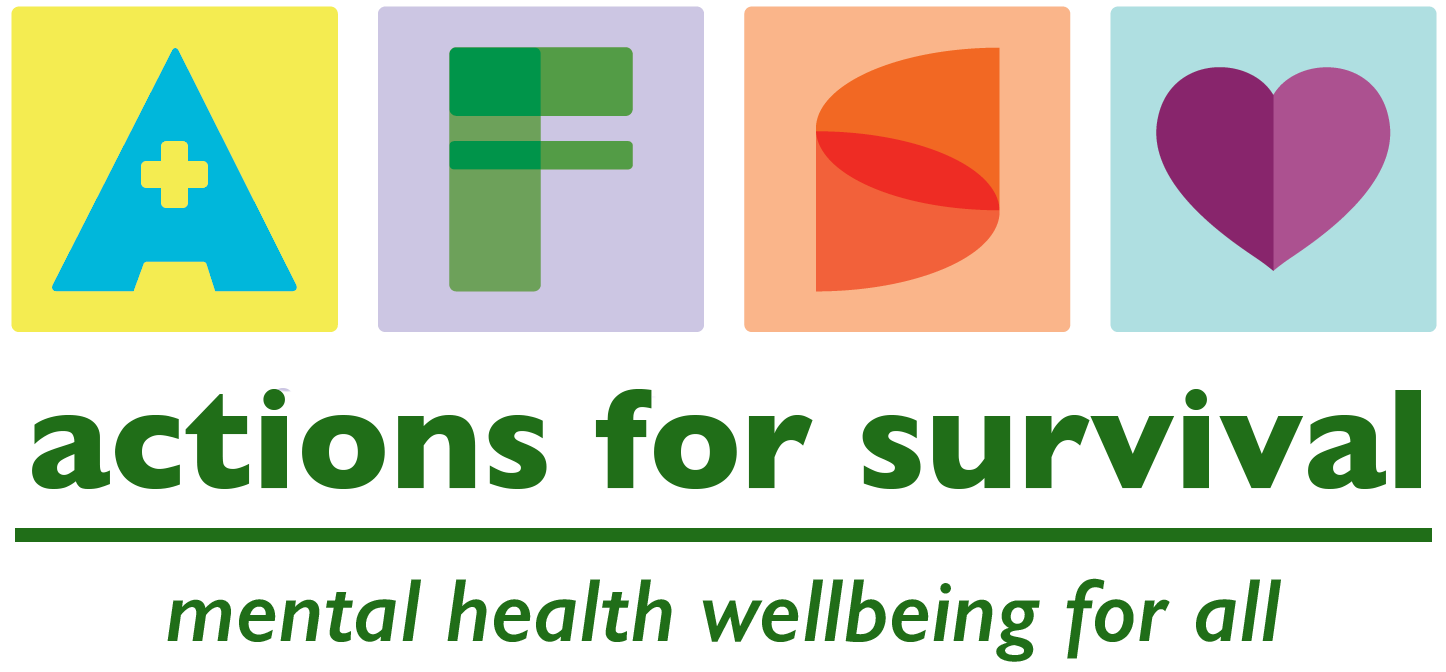There are more than 40 different Pacific ethnic groups in New Zealand, each with its own culture, language, lifestyles, traditions, and history. It is important to realise that the term ‘Pacific’, covers a multitude of different individuals. There are two key models of ‘Pacific’ health and wellbeing, The Fonua Model and The Fonofale Model. The most known Pacific model of wellness is the Fonofale. Which is based on a Samoan fale (house).

The Fonofale model displays that the foundation or floor, four pou (posts) and the roof captured in a circle all have symbolic meanings and have an interactive relationship with each other. Being presented in a circle, expresses the philosophy of holism and continuity. All these elements can contribute to an individual’s wellbeing.
The aspects of the Fonofale model of health as illustrated above are described by Pulotu-Endeman (2001) as follows,
The foundation of the floor (family)
The foundation represents the family, which is the foundation of all Pacific Island cultures.
Family can be a nuclear, extended family or constituted that are bound by kinship, titles, marriage, partnership or covenant or agreement which forms the fundamental basis of Pacific Island social organisation.
The roof (culture)
The roof represents cultural values and beliefs which shelter the family for life.
Culture is dynamic and therefore constantly evolving and adapting.
The four pou (posts)
Between the roof and the foundation are the four pou or posts.
These pou not only connect the culture and the family but are also continuous and interactive with each other. These pou are:
Spiritual - this relates to the sense of well-being which stems from a belief system that includes either Christianity or traditional spirituality relating to nature, spirits, language, beliefs, ancestors and history, or a combination of both.
Physical - biological or physical well-being. It is the relationship of the body, its anatomy and physiology as well as physical or organic and inorganic substances such as food, water, air, and medications that can have either positive or negative impacts on the physical wellbeing.
Mental - the wellbeing or the health of the mind which involves thinking and emotions as well as the behaviours that people display.
Other - the variables that can directly or indirectly affect health such as, but not limited to, gender, sexuality/sexual orientation, age, socio-economic status.
The Circle
The Fonofale is displayed in a cocoon or circle which contains dimensions that have a direct or indirect influence on one another.
These are:
Environment - the relationships Pacific people have with their physical environment. The environment may be a rural or an urban setting.
Time - this relates to the actual or specific time in history that impacts on Pacific people.
Context - this relates to the where/how/what, and the meaning it has for that particular person or people. Other contexts include country of residence, legal status, politics, and socio-economic factors.

"O le tele o sulu e maua ai se figota, e mama se avega pe a ta amo fa’atasi"
"My strength does not come from me alone, but from many"
Samoan proverb
